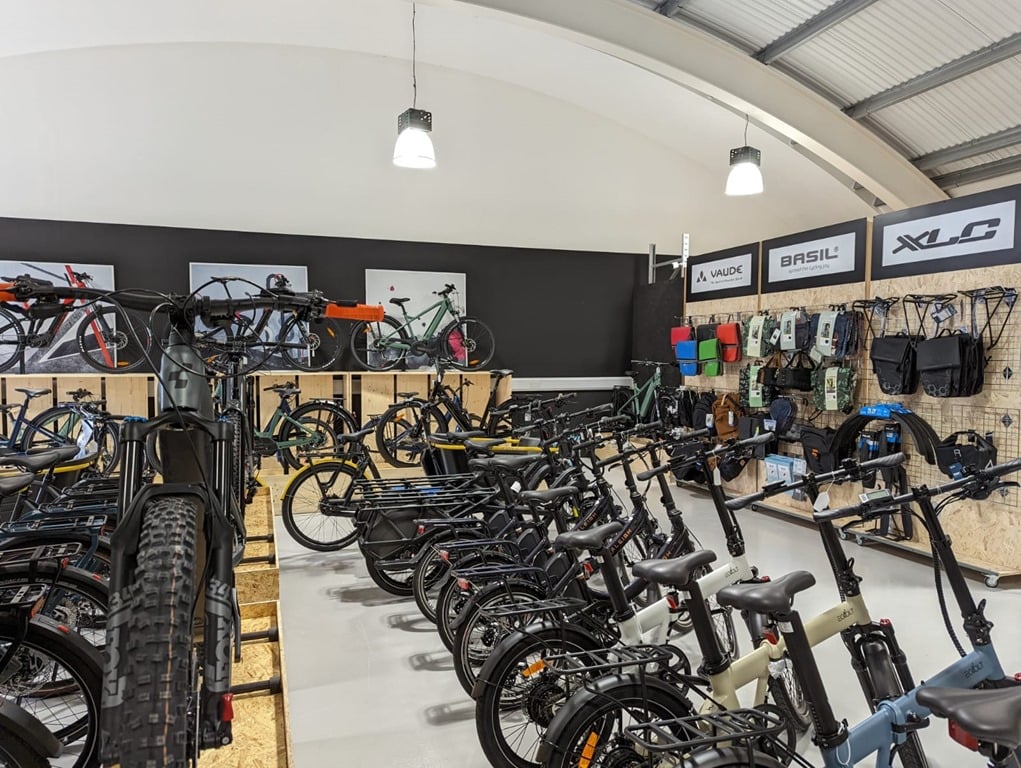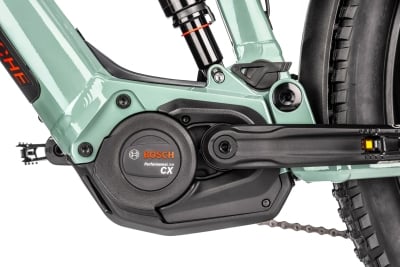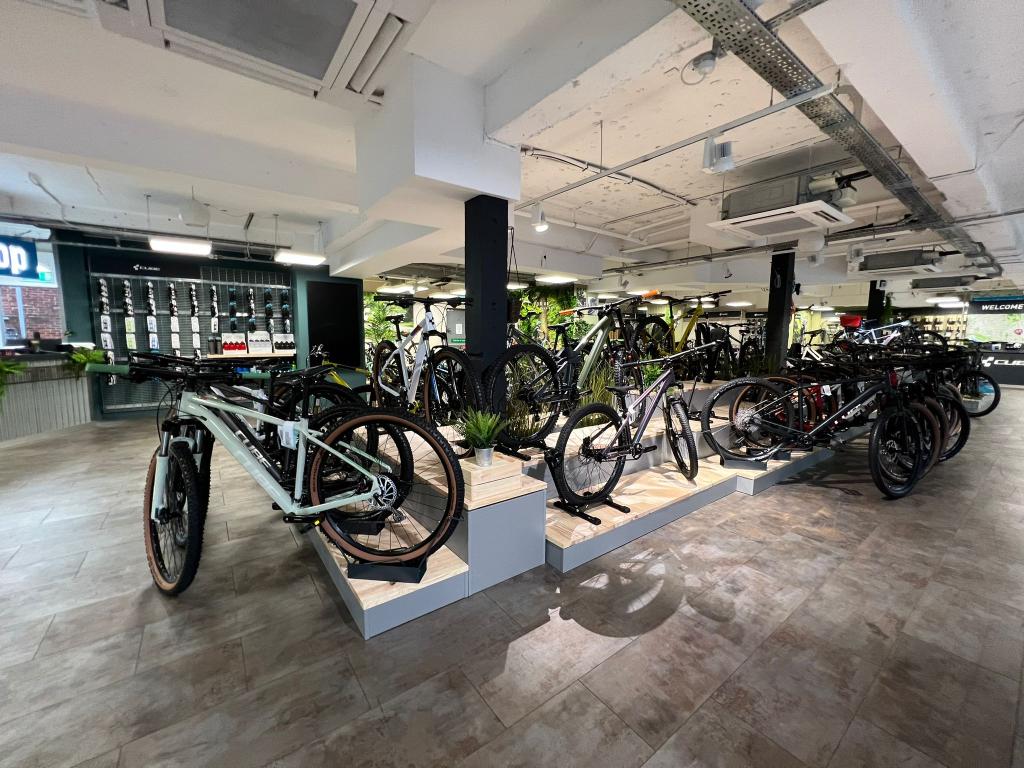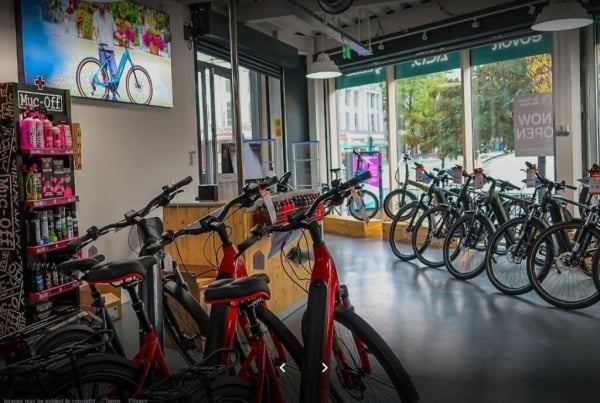E-Bike Safety
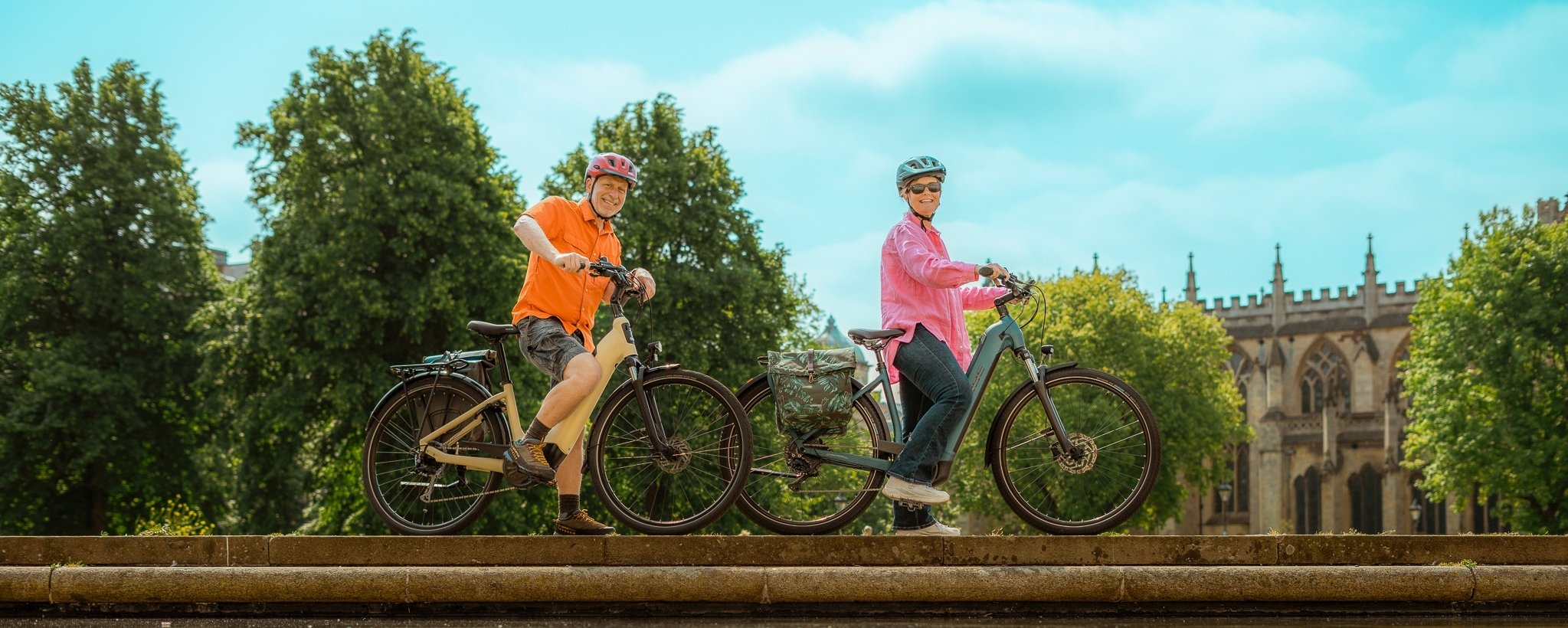
E-Bike Safety
What is an e-Bike?
With E-Bike and E-Scooter fire safety hitting the headlines in a sensational way you'd be forgiven for thinking that all E-Bikes are the same and potentially could be dangerous, that simply isn't the case, read more to fully understand.
We have never had a report from any of our customers that their battery has malfunctioned in a way that could cause a fire.
Electrically Assisted Pedal Cycles (EAPC's)
Factory produced Road-legal EAPC’s sold as complete E-Bikes through reputable UK retailers. These are the only types of bikes that we sell.
The majority of the bikes we supply feature either the Bosch or Yamaha system, these have undergone thousands of hours of product development and testing.
An eBike is classed as an “Electrically Assisted Pedal Cycle” (EAPC) and is legal to sell and use just like a normal bike if:
- It has functional pedals
- Maximim motor assist speed is 25 km/h (15.5 mph)
- Motor power rating is max 250W
- It has functional pedals that operate the motor
- The rider is aged 14+
- An EAPC can have more than 2 wheels (for example, a tricycle).
We only sell EAPC bikes that have been fully tested and certified to EN15194 standards.
E-Bikes purchased from us can be ridden in the same places a non powered bike can which includes of course roads, cycle routes, most bus lanes, bridleways, most canal towpaths. Plus also where a pavement or path has been designated a cycle way (blue signs will show this classification) If you are unsure please refer to the Highway Code Rules for cyclists (59 to 82) found HERE

Non UK Road Legal E-Mopeds & E-Motorbikes
Non-road-legal e-mopeds and e-motorbikes are often miss-reported as E-Bikes. These bikes often can travel far faster under assistance than 15.5mph they usually have a throttle and do not require the rider to pedal.
Any electric bike that does not meet the EAPC rules is classed as a motorcycle or moped and needs to be registered and taxed. The rider needs a driving licence to operate one and a crash helmet must be worn.
Buying a cheap powered bike off an online auction website or similar can be tempting but very often these powered bikes will not meet EAPC regulations, they can be inferior quality, have performance issues and also can be unreliable.
Bikes With A Conversion Kit
Powered bikes created from kits, which are often purchased via online marketplaces. These may be road legal but more often they are non-legal e-mopeds or e-motorbikes. There is a far high risk of battery malfunction with these products as the components may not be compatible, could be poorly made and are cheaply mass produced.
The types of bikes and kit pictured below are not EAPC E-Bikes in the UK


Are E-Bike batteries safe?
E-Bikes are fitted with Li-Ion (Lithium-iron) batteries which can also be found in cordless rechargeable power tools, such as drills.
UK insurer Zurich say just 167 fires were reported to local fire departments in the UK during 2022 where the primary cause was a lithium-ion battery for an electric scooter or bike. It's estimated that there are over one million eScooters (a huge number given they're still illegal in public outside of locally sanctioned pilot schemes) and over half a million electric bikes. This means just 0.011% of bikes and scooters on the market set on fire last year with the vast majority belonging to eScooters.
Safety warning - Never open any lithium-ion battery pack – even "just to look". They're not designed to be user serviceable and exposing internal wiring/busbars can cause short circuits.
Your lithium-ion eBike battery isn't just one big battery in a case but is actually made up of lots of much smaller ‘cells’. The cells are welded together in circuits along with a Battery Management System (BMS) which all work together to provide power while keeping you safe.
The differences between major brand and cheap batteries:
Let’s look at the differences between batteries produced for the top manufacturers of eBike systems like Bosch, Shimano, Yamaha etc, and what you might expect to find (or not) inside cheaper, poorly manufactured eBike batteries.
Yamaha, Bosch, Shimano and other top manufacturers…
It might come as a surprise that none of the top manufacturers make all of the components of their own batteries – if any part of it at all.
For example, inside the 630Wh battery fitted in a Haibike FLYON eBike, you'll find INR18650VTC6 cells made by Murata Manufacturing Co Ltd, who are in turn the principal cell manufacturer for Sony. These cells are used by another German company called BMZ Group to build the battery, before supplying the complete unit back to Haibike for use on their production line when building the eBike.



Why don’t they do it themselves? Safety.
Using properly accredited battery pack manufacturers guarantees an exceptional level of engineering design and safety. Bicycle manufacturers are not normally also battery experts. They know what they need (in that they understand and set the performance characteristics required), but that doesn't necessarily mean they're the best people to do it. Like most other industries using lithium-ion battery packs in their products, bicycle producers sub-contract this work out to proper, internationally accredited manufacturers with world renowned test laboratory facilities. If you need an expert job done, it makes sense to get an expert to do it.
As well as very well built, properly tested and globally accredited batteries, these firms also supply directly compatible and accredited charging solutions. Given that most lithium-ion battery fires start while the product is on charge, this is an often overlooked aspect of overall battery safety.
"Unbranded" manufacturers
At the opposite end of the market are cheaper Far Eastern manufactured batteries and worse still, the DIY market.
Unbranded or ‘white label' batteries, (almost exclusively from the Far East, which is closer to the cell production factories and where materials/labour is cheaper) produce a huge number of batteries which later appear with lots of different brands on them.
These are quite often reasonable quality with a good BMS and internal connections, but in order to keep prices low, are made with cells from smaller (normally Chinese) cell manufacturers (i.e. not Sony, Samsung, Panasonic, LG, etc). These typically don't perform as well and have much lower cycle lives (the number of times they can be charged before they start to degrade). Often the performance characteristics are falsely inflated and as a result they sometimes don't provide the level of capacity (range) advertised and also have a much shorter shelf life.
Some are also very poor quality. Using recycled cells, very poorly welded circuits and no Battery Management System – these are just time bombs waiting to go off.
Below this in the hierarchy of "what makes a good battery" is the DIY market. Users with little to no expertise consult on forums for guidance on making batteries at home, using inadequate tools and materials.
Further Reading
So what could cause an E-Bike battery to malfunction?
There is no one fixed answer on why an eBike battery might set on fire, but in almost every case, it's one or more of the following reasons:
Over-discharging – This is normally caused by a faulty (or not fitted at all) Battery Monitoring System (BMS). Lithium-ion cells have a DoD or ‘depth of discharge’ limit and in most cases are ‘empty’ at between 2.8 and 3.0 volts (fully charged at 4.2v). Discharging past this low voltage cut off can alter and/or damage the internal chemistry of the cell and the worse this gets and the more frequently it happens, the more the internal resistance of the cells increases over time. This makes it harder for them to expend their energy and when you then ask for more current than they can expend (or faster than they can expend), the cells heat up and this can lead to fire.
Overcharging – This happens in two ways: when a charger doesn't shut itself off when the battery voltage reaches its uppermost level; when the BMS allows the system to be overcharged but doesn’t isolate the battery from the power supply when finished; or both. This can overheat the battery, leading in extreme cases to fire. It can also be from trying to charge too quickly. This is normally a result of not using the correct charger – i.e. a charger with a supply current and/or voltage higher than the battery is able to safely manage. This too leads to overheating, and subsequently fire if the BMS or charger doesn't recognise the issue and isolate itself.
Bad quality or no BMS – As well as reducing the likelihood of the above two scenarios, the BMS itself is also a potential failure point. Bad quality ones tend to fail in the ‘on’ position. In other words, when it fails it effectively ceases to exists and allows the battery to be overcharged and over-discharged, sometimes without any real warning. Good quality BMS like those found in Bosch and Yamaha systems fail ‘off’ and are connected to the central control system of the bike. They will not only lock up the battery from being used, but will remain ‘contactable’ and when plugged into diagnostics, an authorised repair centre will be able to see exactly what has gone wrong.
Mechanical/physical damage – Good quality batteries have the ability to deal with the normal bumps, jolts and scrapes that even aggressive mountain biking brings, but none are infallible. If your battery suffers a drop or fall of more than a few feet onto a hard surface it should not be used. We advise you visually inspect your battery regularly for external damage to the casing plus giving it a gentle shake to check for rattles.
Thermal runaway – Thermal runaway is almost always a secondary effect to one or more of the above external factors and doesn't simply just ‘happen’. Over-charging, over-discharging, leaving the battery exposed to extreme (60C+) temperatures or severe impacts can lead to internal shorts which gradually heat the battery pack beyond safe working limits, causing the cells inside to ‘vent’. This is characterised by a popping noise, followed immediately by a hiss as a cell vents its rising internal pressure. Cells like the cheap Chinese unbranded ones often don't have this manufactured-in weak point (a ‘burst disc’).
Here is some handy advice from the National Fire Chiefs.
- Follow the manufacturer’s instructions when charging and always unplug your charger when it’s finished charging.
- Ensure you have working smoke alarms. If you charge or store your eBike in a garage or kitchen ensure you install detection, we recommend heat alarms rather smoke detectors for these areas.
- Charge batteries whilst you are awake and alert so if a fault should occur you can respond quickly. Don’t leave batteries to charge while you are asleep or away from the home.
- Charge your battery on a hard flat surface, in an area where there is adequate ventilation (not in a cupboard or under the stairs etc)
- Always use the manufacturer approved charger for the product, and if you spot any signs of wear and tear or damage buy an official replacement charger for your product from a reputable seller.
- Do not cover chargers or battery packs when charging as this could lead to overheating.
- Do not overload socket outlets or use inappropriate extension leads (use un-coiled extensions and ensure the lead is suitably rated for what you are plugging in to it).
- If you see any damage to the charger or the battery then don't attempt to charge it and contact a reputable retailer to obtain a replacement.
- In the event of an eBike or any lithium-ion battery fire – do not attempt to extinguish the fire. Get out, stay out, call 999.
As a business we have sold over 15,000 electric bikes. All of them legal to ride on the road or on cycle paths.
We have had a few bikes where there has been issue with the motor or display and a few where the battery has stopped working completely but this is very very rare. The Bosch warranty period is 2 years and / or upto 500 full charge cycles on batteries. For Yamaha the warranty is 2 years on all electrical components.
We have never had a report from any of our customers that their battery has malfunctioned in a way that could cause a fire.
